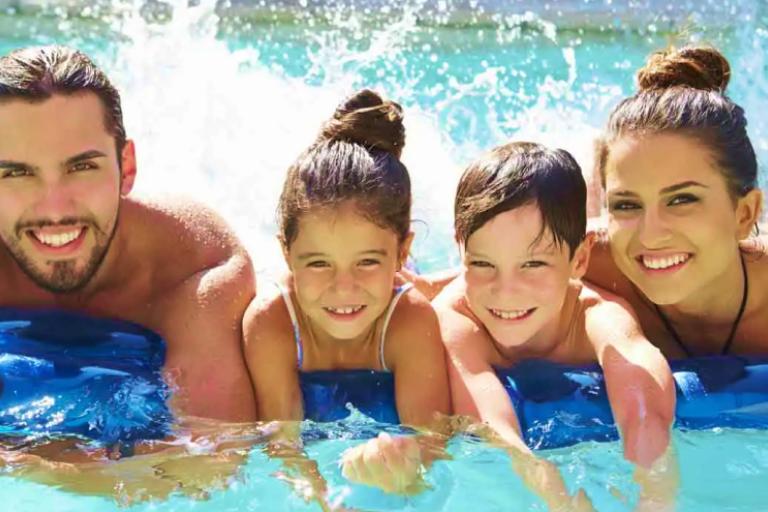Australian pool owner charged with manslaughter over toddler drowning

A 61-year-old Armidale man has been charged with manslaughter following the drowning death of a two-year-old child.
This is the first time a manslaughter charge has been laid in Australia surrounding an insufficiently fenced swimming pool resulting in death. SPLASH! understands that the pool was fenced, but the fence was in very poor condition and easily breached.
The property in question is in the Armidale Dumaresq local government area in NSW, and while NSW pool owners are required to have a compliant pool fence, there is no current obligation on councils to check pool fences except when a pool is built.
On May 14, 2012, police attended a house in Fletcher Street, Armidale, after a two and a half year old boy was found submerged in a backyard pool of an adjoining home.
The child was given CPR by police and ambulance paramedics, and was taken to Armidale Hospital in a critical condition. He died in John Hunter Hospital two days later.
Detectives attached to the New England local area command investigated the events surrounding the child’s death. On July 3, 2012, Philip John Cameron attended Armidale Police Station. He was interviewed and subsequently charged with manslaughter. Police will be alleging Cameron was the owner of a residence where the child was found in the pool. It will be further alleged the pool was not adequately fenced, as per legislative requirements, at the time of the boy’s death.
He was granted conditional bail and will appear in Armidale Local Court on August 6, 2012.
Meanwhile, SPASA NSW highlighted this as a timely reminder to residential pool industry members to be vigilant when it comes to understanding their duty of care when undertaking work within their speciality. This includes builders as well as technicians who may see a non-compliant fence during the course of their work.
“Your duty of care is your legal duty to take reasonable care so that others aren’t harmed. If you identify a reasonably likely risk of harm, you must take reasonable care in response. It is a concept common to all modern occupational health and safety (OHS) regimes,” says Spiros Dassakis, SPASA NSW CEO.
SPASA NSW is running a short intensive course on Inspecting Swimming Pool & Spa Safety Barriers (SPASA3017A).
Dassakis has also put together a very useful document based on the standards called Basic Swimming Pool Barrier Requirements for NSW. As well as posted here, it will be available to consumers and industry on their website from next week.
“This case is important but it doesn’t matter if this is quashed or successful, the fact is that a precedent has been established in NSW, and it has the potential to be established as a precedent for other jurisdictions.”
Rob Bradley from Royal Life Saving didn’t want to comment on the incident in particular, but he did have some positive news relating to national agreements.
“As you know, we’ve been working on the issue of home pool fencing for about 10 or 12 years. In the past 12 months we’ve got agreement in principle from each of the states and territories to work with a more consistent approach to home pool fencing. Recently we convened a national meeting with government representatives from each State and Territory, and we’re hopeful of a positive outcome later in the year.”
Katherine Plint, CEO of drowning support charity Hannah’s Foundation says she fully supports these charges against the pool owner.
“It is about time,” she says. “We have been waiting for charges against pool owners and this only confirms what Coroner McMahon stated in his findings in 2010 (inquest December 2009).
“Right now NSW pool laws are under review, councils need to enforce laws and those owners refusing to fix their pools need to be prosecuted under the Act promptly. We see all too often in court, owners being sent letters yet aren’t forced to fix their fences. It is a legal requirement to have a fully compliant pool.
“I urge the NSW Government to expedite the Review for Swimming Pools and bring on the changes that are needed to bring the state into line with Queensland and Western Australia.”
She adds that since the enforcement in Queensland only one child has died in the past 12 months.


